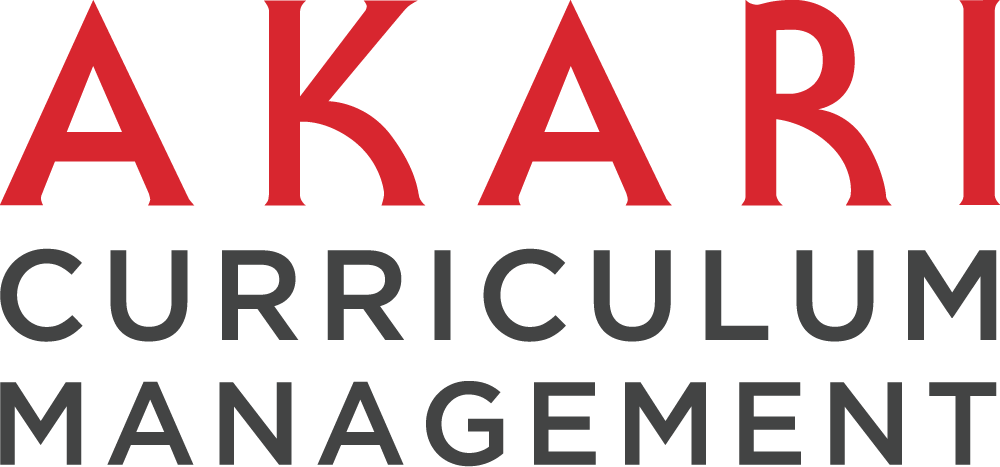With stakes set high for students’ educational outcomes and institutions’ reputations, curriculum development and change are highly regulated and methodically overseen. It involves aligning educational goals with the latest research, market demands, and institutional capabilities.
Understanding Curriculum Approvals
The term “curriculum” in higher education encompasses the structure and content of educational programs. This could range from specific courses, areas of study, to comprehensive degree programs involving multiple departments and disciplines. An effective curriculum is aligned with the mission and vision of the university, is of high quality and integrity, and is responsive to ongoing evaluation and improvement.
The curriculum approval process is the set of steps an academic institution follows to create or change its curricular offerings and involves obtaining consent from various stakeholders, including faculty, department chairs, academic deans, and sometimes external accrediting bodies. It’s a regulated affair, ensuring that standards are adhered to and that the changes don’t undermine the overall trustworthiness of the institution’s educational programs.
Principles of Effective Curriculum Approval
What constitutes an effective process for curriculum approval? Let’s lay out some guiding principles.
Institutional Cohesion
A consistent institutional approach to curriculum approval ensures that there is a clear link between the institution’s mission and the design and delivery of its programs. This ensures a clear and unified educational experience for students across all disciplines.
Informed Decision-Making
Curriculum development and change should be informed by a robust process that integrates internal and external data, including student learning outcomes, employer needs, and market analysis. Informed decision-making leads to curricula that are relevant and reflective of the current academic and professional landscape.
Faculty Empowerment
An engaged and empowered faculty is essential for rigorous and innovative curricula. The approval process should facilitate faculty involvement and provide mechanisms for their meaningful contribution. When faculty members are vested in the process, they’re more likely to be passionate about the outcome.
Continuous Improvement
Approvals shouldn’t be the end of the road. A solid curriculum approval process enables ongoing evaluation and improvement. Regular assessment helps institutions adapt to changing circumstances and continuous quality enhancement.
Key Areas for a Streamlined Process
Institutional complexity can lead to convoluted approval processes. How can you avoid unnecessary roadblocks?
Clear Articulation
Ensure the educational path from the conception of a new program or course to its approval is clearly articulated and understood. This includes defining roles and responsibilities, establishing protocols for communication, and providing clear timelines.
Robust Evaluation
Implement a thorough evaluation process that includes academic rigor and is responsive to market and industry demands. This assessment should be iterative, involving multiple rounds to ensure all facets are properly examined.
Technology Integration
Leverage technology to streamline the process where possible. From digital submission systems to virtual review meetings, technology can significantly reduce administrative burdens and improve efficiency.
Stakeholder Collaboration
Foster a culture of collaboration among all stakeholders involved in the approval process. Regular feedback loops, interdisciplinary partnerships, and collaborative decision-making can smooth out potential rough patches.
Overcoming Challenges
Although challenges are inevitable, anticipating them can help mitigate their impact.
Balancing Tradition and Innovation
Higher education values tradition, yet the importance of innovation in curriculum design cannot be overstated. The processes for approving new and innovative curriculum must balance respect for tradition with openness to change.
Resource Allocation
Change often requires additional resources, including financial investments, faculty time, and administrative support. Planning for resources is critical to avoid delays and ensure the successful implementation of approved curricula.
Regulatory Compliance
In a field as highly regulated as higher education, navigating the myriad of regulations can be daunting. Understanding and staying current with regulatory requirements is essential to developing and approving compliant curricula.
Change Management
Introducing new curricula can be disruptive. Developing a comprehensive change management plan, communicating effectively with all stakeholders, and providing adequate training can assist in the successful rollout of approved changes.
The Future of Curriculum Approvals
Looking ahead, the future of curriculum approval is likely to be shaped by emerging trends and technologies.
Data-Driven Decision-Making
An increasing reliance on data analytics and market intelligence will drive more data-informed curriculum development. Predictive modeling and empirical evidence will provide a strong foundation for approval decisions.
Adaptive Learning
The rise of adaptive learning technologies promises to usher in a new era of personalized education. These systems may require agility in the curriculum approval process to enable institutions to offer more customized education.
Globalization
In an increasingly interconnected world, curricula that are globally relevant will be in high demand. Addressing the nuances of international standards and regulations will likely become a more common aspect of the approval process.
Lifelong Learning
The concept of lifelong learning is gaining momentum. Institutions will need to develop more flexible and dynamic approval processes to accommodate the continuous learning needs of professionals and academics.
Conclusion
The curriculum approval process is a reflection of an institution’s commitment to quality, relevance, and the advancement of learning. While the process is demanding, when approached with the right principles and practices, it can be a catalyst for positive change and growth.






